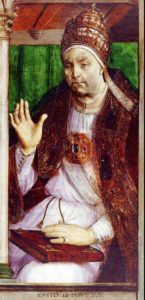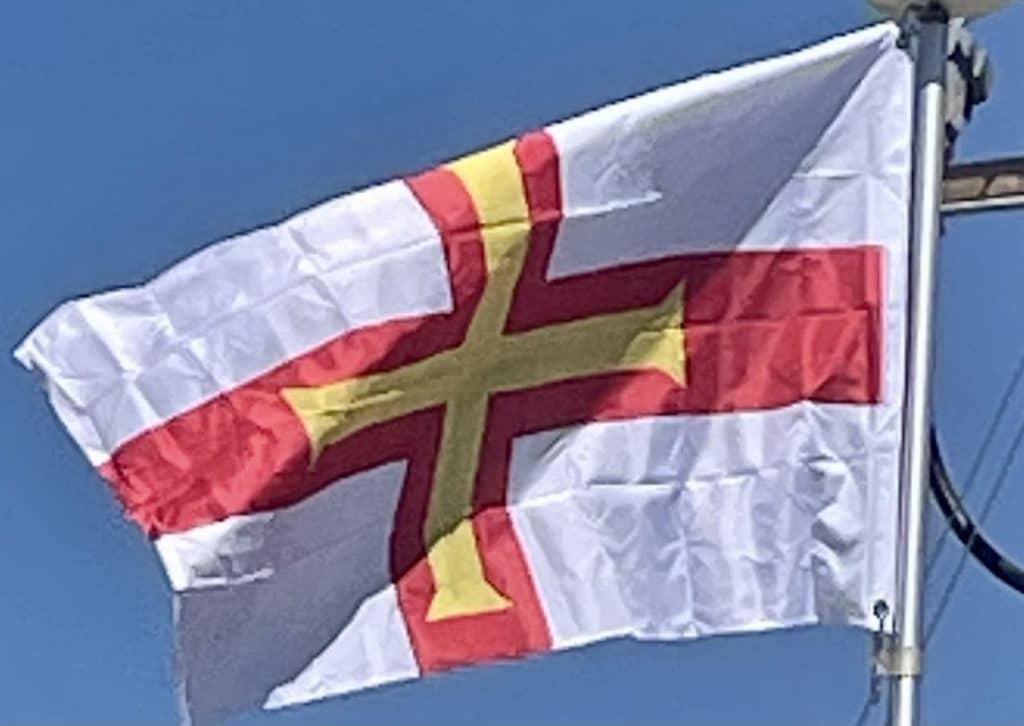
In the mid-16th century, the island was influenced by Calvinist reformers from Normandy. During the Marian persecutions, three women, the Guernsey Martyrs, were burned at the stake for their Protestant beliefs, along with the infant son of one of the women. The burning of the infant was ordered by Bailiff Hellier Gosselin, with the advice of priests nearby who said the boy should burn due to having inherited moral stain from his mother. Later on Hellier Gosselin fled the island to escape widespread outrage.
During the English Civil War, Guernsey sided with the Parliamentarians. The allegiance was not total, however; there were a few Royalist uprisings in the southwest of the island, while Castle Cornet was occupied by the Governor, Sir Peter Osborne, and Royalist troops. In December 1651, with full honors of war, Castle Cornet surrendered – the last Royalist outpost anywhere in the British Isles to surrender.
Wars against France and Spain during the 17th and 18th centuries gave Guernsey shipowners and sea captains the opportunity to exploit the island’s proximity to mainland Europe by applying for letters of marque and turning their merchantmen into privateers.
By the beginning of the 18th century, Guernsey’s residents were starting to settle in North America, in particular founding Guernsey County in Ohio in 1810. The threat of invasion by Napoleon prompted many defensive structures to be built at the end of that century. The early 19th century saw a dramatic increase in the prosperity of the island, due to its success in the global maritime trade, and the rise of the stone industry. Maritime trade suffered a major decline with the move away from sailing craft as materials such as iron and steel were not available on the island.
Le Braye du Valle was a tidal channel that made the northern extremity of Guernsey, Le Clos du Valle, a tidal island. Le Braye du Valle was drained and reclaimed in 1806 by the British Government as a defense measure. The eastern end of the former channel became the town and harbor (from 1820) of St Sampson’s, now the second biggest port in Guernsey. The western end of La Braye is now Le Grand Havre. The roadway called “The Bridge” across the end of the harbor at St Sampson’s recalls the bridge that formerly linked the two parts of Guernsey at high tide. New roads were built and main roads metaled for ease of use by the military.
Contemporary period:
During the First World War, about 3,000 island men served in the British Expeditionary Force. Of these, about 1,000 served in the Royal Guernsey Light Infantry regiment formed from the Royal Guernsey Militia in 1916.
From 30 June 1940, during the Second World War, the Channel Islands were occupied by German troops. Before the occupation, 80% of Guernsey children had been evacuated to England to live with relatives or strangers during the war. Most children returned home after the war ended in 1945. The occupying German forces deported over 1,000 Guernsey residents to camps in southern Germany, notably to the Lager Lindele (Lindele Camp) near Biberach an der Riß and to Oflag VII-C in Laufen. Guernsey was very heavily fortified during World War II, out of all proportion to the island’s strategic value. German defenses and alterations remain visible, particularly to Castle Cornet and around the northern coast of the island. Guernsey and Jersey were both liberated on 9 May 1945, now celebrated as Liberation Day on the two islands.


